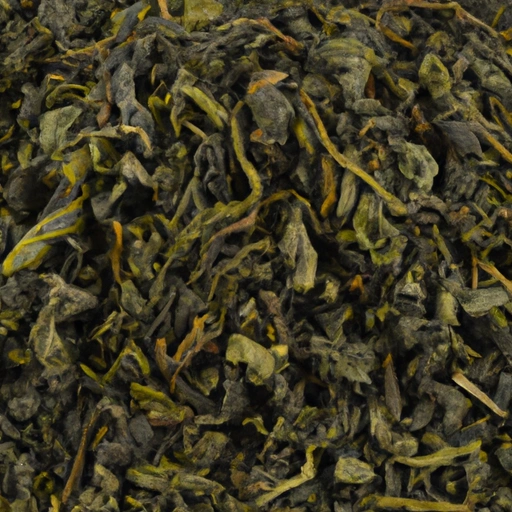Oolong Tea
Description

Oolong tea is a traditional Chinese tea that falls somewhere between green and black tea in oxidation. It is known for its diverse range of flavors, from sweet and floral to rich and smoky. This semi-fermented tea is a versatile ingredient, often used in culinary applications beyond brewing a simple cup of tea. With its unique flavor profile, oolong tea adds depth and complexity to a variety of dishes.
Common uses
While oolong tea is most commonly enjoyed as a beverage, it is also used to flavor foods and as an ingredient in marinades, sauces, and desserts. Its unique taste complements a wide range of ingredients and can enhance the overall flavor profile of a dish.
Nutritional value
Calories
Oolong tea is low in calories, making it an excellent choice for those monitoring their calorie intake. An 8 oz (approx. 237 ml) cup of brewed oolong tea contains only 2-3 calories.
Protein
Oolong tea contains trace amounts of protein.
Fat
There is virtually no fat in oolong tea, as it is primarily composed of water when brewed.
Carbohydrates
Carbohydrates in oolong tea are minimal, with only a negligible amount present in a typical serving.
Vitamins
Oolong tea may contain small amounts of B vitamins, particularly niacin.
Minerals
The tea provides various minerals such as fluoride, manganese, and potassium, depending on the water used for brewing.
Health benefits
Oolong tea is celebrated for its potential health benefits, including boosting metabolism, aiding in weight management, and promoting heart health. It also contains antioxidants that can help protect the body against free radicals.
Potential risks
Consumption of oolong tea is generally considered safe for most people. However, due to its caffeine content, excessive intake may lead to side effects such as insomnia, nervousness, and increased heart rate. Those with caffeine sensitivities should limit their intake or opt for decaffeinated varieties.
Common recipes
Oolong tea can be used in recipes for tea-infused cakes, cookies, and ice creams. It is also used to create unique glazes for meats and as a flavorful liquid for poaching fruits.
Cooking methods
Brewing oolong tea for culinary uses often involves steeping the leaves in hot water, much like preparing a cup for drinking. However, the steeping time and water temperature may vary depending on the desired strength of the tea flavor in the dish.
Pairing with other ingredients
Oolong tea pairs well with a variety of foods, including seafood dishes, poultry, and even chocolate desserts. Its complexity can complement spicy foods and can stand up to the richness of smoked meats or cheeses.
Summary
Oolong tea is a versatile and flavorful ingredient treasured not only for its health benefits but also for its culinary potential. From sweet desserts to savory glazes, oolong tea enhances a wide range of dishes with its unique taste. Whether you're a seasoned chef or a home cook, incorporating oolong tea into your recipes can add an intriguing twist to your culinary creations.